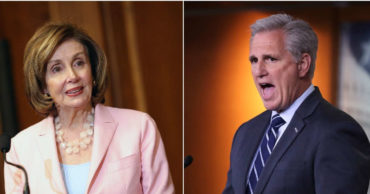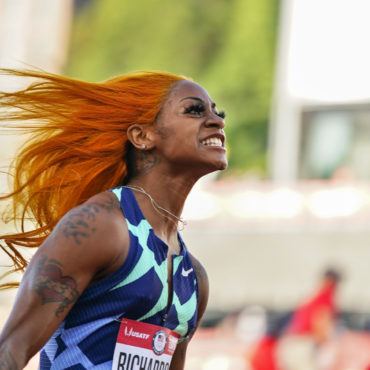Capitol Fireworks: the 1/6 Select Committee
Independence Day may be over, but the fireworks in DC are just beginning. Hard to imagine this could be a controversial topic, but in the post-Trump age even an investigation into an insurrectionist attack on the US Capitol itself can become a bone of contention between the two Parties. Some of the very lawmakers whose lives were threatened by the fury unleashed by Donald Trump’s supporters, now stand by and opine that the attack was just high spirits or a typical congressional tour group.






